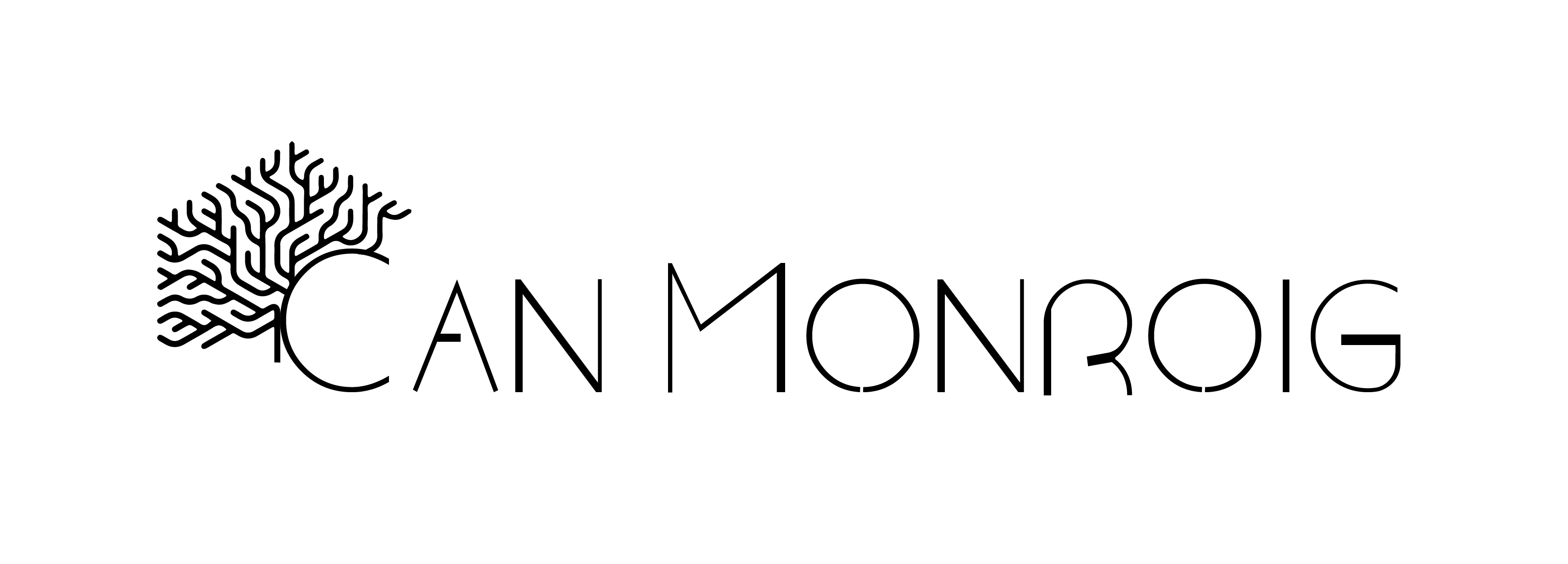 “The photographic scar”, wet collodion photographs by Gabriel Ramon.
“The photographic scar”, wet collodion photographs by Gabriel Ramon.
Opening Friday 22 January 2016 at 7:30 pm.
Since 2011, the photographer Gabriel Ramon He made a series of wet collodion portraits. Invented in 1851, the collodion negative consists of an emulsion deposited on a glass plate that must be exposed within a few minutes. This technique was abandoned at the end of the 19th century, until at the dawn of the 21st century a small number of photographers took up this obsolete practice. With an exposure time of ten seconds, conditions for preparing the support and developing it that are almost a feat, a very fine and fragile emulsion, subject to the imperfections of the material, wet collodion is an extreme technique, at the antipodes of the ease of digital imaging. As an ultra-contemporary counterpoint to it, the ghostly images made using this technique allow us to perceive, as in the quicksilver of a mirror, our post-mortem image.
“For Gabriel Ramon, the portrait is a space of freedom, it is a game: he shakes the pose; he stabs the flesh… He knows that the image emerges from the amorphous and aspires to return to this state. The strength of his portraits lies in this fragility, because he would not be able to petrify the image (even if the model carefully maintained the pose) or to renounce the dynamism (life?) that he always knew how to impose on his studio work.
Never stop putting yourself in a difficult position… Turning the shot into a fight against time, multiplying the time of the pose by a thousand… Risking, in each image, that the subject gets lost in the viscous folds of collodion… Could mastery become, after so many years, the enemy of creation? Apparently, that was what Gabriel Ramon thought, after turning sixty, when he decided to put his daily practice of portraiture at risk with each plate.
Can we speak of photographic scars? The word is ambiguous, since it refers us both to the referent (a wound on a body that is to be photographed) and to the cliché itself: in this case the “scar” is metaphorically inflicted on the negative, by any break in the regularity of the emulsion layer. A defect in the body or a defect in the image? In both cases, the “scar” clashes with the representation we have of a smooth and perfect body, or of an image free of errors. However, today our digital cameras abhor out-of-focus, blurry images, red pupils and out-of-frame images, all of which are obstacles to what the multinationals that manufacture them call a “good” photograph.
Thus, in contrast to the obsession with beauty in the popular imagination and the search for technical perfection in the photographic image, these disturbing and carefully imperfect images that constitute Gabriel Ramon's recent photographic work seem to us, beyond their provocative mannerism, a good example of the extreme path that contemporary photography is taking. The excellent Spanish portraitist, who for thirty years has accustomed us to photographs in which he is always looking for the part of beauty and the part of humanity that each person carries within, whatever their age and condition, imposed on himself, with these wet collodion portraits that he began to take at the beginning of 2011, a limitation that endangers the skill achieved with thousands of posing sessions in the studio, since he settled in Mallorca in 1981. With exposure times of ten seconds, support preparation and development conditions that border on the feat, a very fine and fragile emulsion, subject to imperfections in texture, and above all a modification of the spectrum that lightens cold colours and darkens reds, wet collodion is an extreme technique, at the antipodes of the ease of digital imaging. It tends to age the skin, harden faces and damage the body with its “silver scars”. In the end, wet collodion imaging – when one seeks not to attenuate its defects, but on the contrary to integrate them into the construction of expressionist images – has everything to disturb all those who remain obsessed by beauty and fascinated by perfection.”
Extract from Jacques Terrassa
Paris Sorbonne University
(In the present exhibition, the splendid and mysterious space of Can Monroig almost necessarily imposed the addition of a new series, also made using the wet collodion technique: ghostly constructions, an obsession with the end of the world)
Note from Can Monroig:
In the early nineties, Robert and I lived on Calle San Felio in Palma. We had met on a course in advertising photography. We often walked past Gabriel Ramon’s studio on Calle San Jaime in Palma and always stopped to look at the portraits displayed in the window he had on the street. Black and white portraits, when colour was the norm, couples with their children posing in a completely natural way, with unforced looks and attitudes, transmitting spontaneity; as if those photographs had been taken on a Sunday morning in the parents’ bedroom, the family had just woken up and the children were half-dressed…
For years we admired Gabriel Ramon without knowing him personally. A few months ago, thanks to his wife Michèle Froye, we met him and the possibility arose of exhibiting part of the exhibition that Gabriel recently presented at the Centre d'études catalanes of the Université Paris-Sorbonne in Can Monroig.
We are truly proud and happy to exhibit some photographs that, and you will probably agree with us when you see them, seem to have been created for this space and the atmosphere that surrounds it.
Those of you who wish to share with us our particular tribute to Gabriel Ramon are invited to the opening which will take place on Friday 22nd January from 7.30pm.
Marie-Noëlle Ginard Féron
Robert Lopez Hinton
Photographs by Gabriel Ramon for sale in our online store
Place:
Can Monroig
C/Can Valella nº 22, Inca
tel 649186494
see on google maps
Opening Friday 22nd January 2016 from 7.30pm.
will remain open until February 27 at the following times:
Thursday and Friday from 5 to 8 pm, Saturday from 10:30 am to 1:30 pm
The photographic scar

